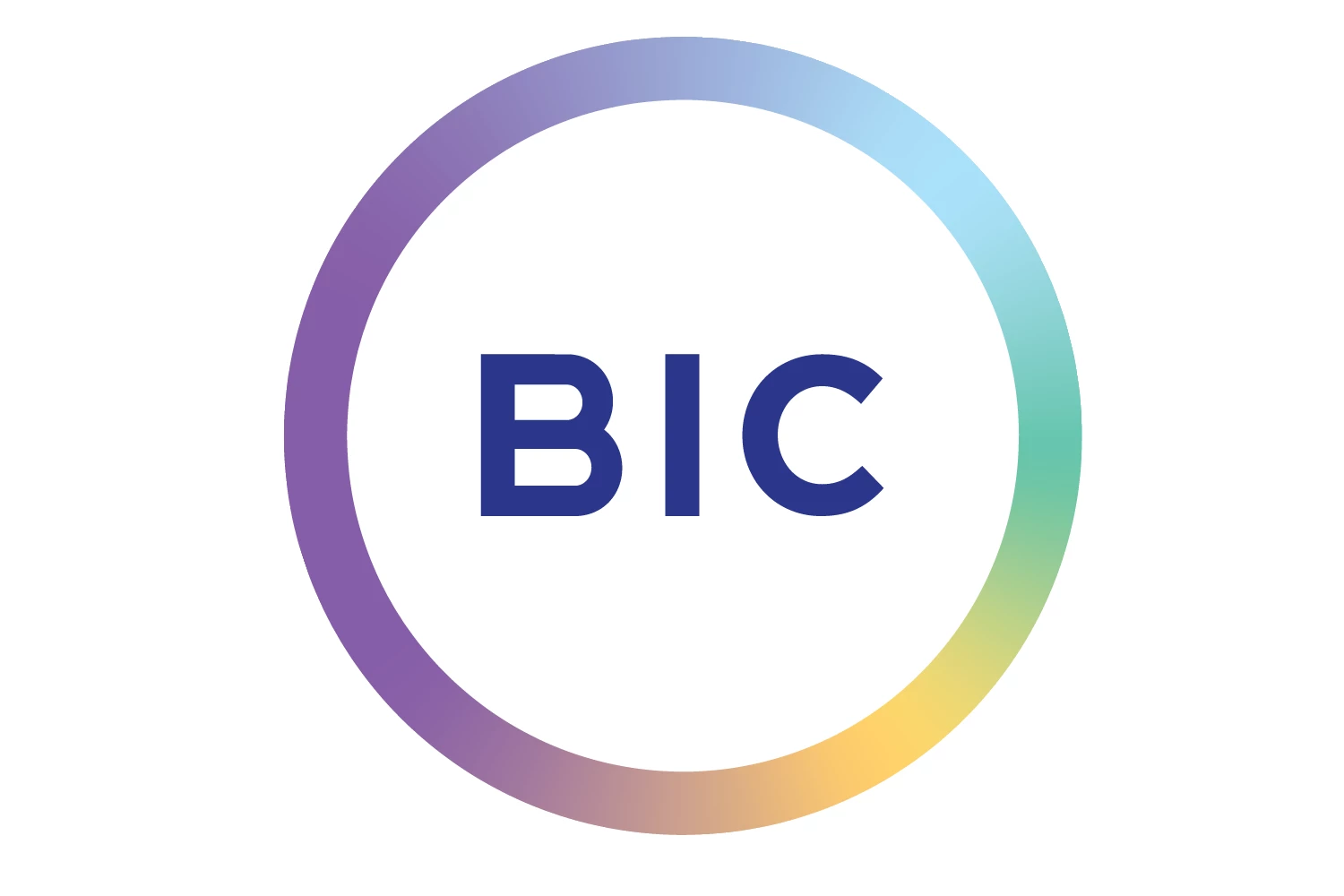
Member Article
Chris Buckley – MD of Pixel Kicks – shares his insights into the Technical SEO Audit
Technical SEO, sounds pretty… technical, right? Admittedly it is, and if not carried out correctly it can hold back your website no matter how many great links you build and how fantastic your content is.
Nearly all websites still have some technical issues that could be improved, and we expect that yours will do too. In order to rank well, everything starts with having a solidly built website, so start your technical SEO audit as early as you can. The overall goal of the audit is to identify errors and areas of improvement, with the logical next step being to fix them.
Crawl your website with an app like Screaming Frog and analyse the data
Screaming Frog is one of the most popular SEO tools out there, and their SEO spider tool is available as a Windows, macOS or Linux download. That’s right, a desktop application!
It’s a paid-for app, so if you’re looking for free alternatives you might want to try Wildshark SEO or Spotibo’s SEO Audit Tool, the latter of which is free for up to 500 pages.
Screaming Frog lets you enter a website URL, and then it sets about crawling all pages on the site, fetching every single key element it can find to enable you to better analyse your SEO performance. It can crawl both small & large sites quickly.
Once the crawl has finished (and for larger sites it can take a while), we recommend exporting the results to a CSV or XLSX file, to make it easier for you to play around with the data. Our preferred methodology is to export as XLSX and then upload to Google Docs to make it easier for sharing.
By default you’ll get about 45 columns worth of data, so there might seem a lot to take in initially! Don’t get phased. It might be an idea to hide all of the columns apart from the items below to make the spreadsheet easier to navigate.
Also, we find it’s easier to group the URLs into different groups, eg. pages, posts, products, categories etc. You can usually delete a lot of pages too (for example you might not need to check 500 blog posts individually, once you’ve quickly checked them).
Using the crawl data, check for and fix/improve the following
Work through each key element below, going through your website code or CMS to implement them.
- Page Titles & Meta Descriptions
- H1 & H2 Tags
- URLs
- Check for duplicate metadata
- Meta description length
- Presence of SSL
- Canonical tags present
- Www or non-www URLs – make sure the pages are only available in one of these forms, not both
- Meta robots tags & robots.txt file – make sure to check both of these and ensure they allow your site to be crawled freely
Add your domain to SEMRush (or similar app) and look for issues by running a Site Audit
Here you can crawl your website again, but this time you can automatically identify any key issues or errors that could be causing problems with your search rankings and visibility.
Issues are broken down into three categories – Errors, Warnings & Notices, with the former being the most important. Treat these with the highest priority, as Errors will generally consist of:
- Broken links
- Pages returning an error code
- Uncrawlable pages
- Missing/broken images
- Duplicate content problems
Next, the Warnings section looks at issues which should still be fixed, but aren’t as urgent. These could include factors such as:
- Page title problems
- Missing meta descriptions
- Missing image alt attributes
- Broken external links
Lastly, the Notices section will highlight issues such as the following:
- Multiple H1 tags
- Pages with only one incoming link
- Long URLs
- Duplicate pages
Register your site with Google Search Console & Bing Webmaster Tools
Google Search Console is a great collection of resources & tools created to help website owners and SEO professionals monitor website performance. It was previously known as Google Webmaster Tools until renamed in 2015.
Once you’ve added your URL as a New Property and verified you have control of the domain, you’ll be able to do the following:
- Set your preferred domain – with or without www
- International targeting – are you targeting the correct country, regardless of your domain TLD?
- Check your sitemap status – have you submitted one? are there any errors or warnings?
- Check for index coverage – how many of your pages are indexed?
- Check for security issues – do you have any malware?
- Look for mobile usability – are any issues raised?
- Do you have AMP (accelerated mobile pages) – how are these performing?
- View search queries – see what keywords users have searched for to find your site
- Check your external and internal links – take a look at your link data
- Link your new profile with Google Analytics – we always recommend you do this
Done? Give yourself a pat on the back and keep reading.
Check your site’s loading speed & mobile responsiveness
Google values both loading speed and mobile responsiveness increasingly heavier each year. More people are browsing websites on smartphones, and as we don’t have as much patience in the modern world, it pays to make sure your website loads fast and has a great user experience on smaller devices.
Google’s own PageSpeed Insights is the best place to go to check how you fare, so open up that page in a new tab, enter your URL in the search box and click “Analyze”. You’ll be presented with two grades ranging from 0 to 100, for both mobile & desktop, along with a wealth of accompanying information. It’s now your job to get these two numbers as close as possible to 100.
We recommend creating a spreadsheet with these starting values, and then set about looking at the following:
- Check your server first-byte time – is your web hosting up to scratch?
- Optimise both PHP & MySQL – are you on the latest versions? are the memory limits correct?
- Page, object & browser caching – this will make a huge improvement in your load times
- HTML/CSS/JS minifying – similar to the above, this will make your pages load quicker
- Image compression – are your pages loading the correct sized images, optimally compressed?
- Lazy-loading of images – why load images before users have scrolled down to them?
- Delay the loading of render blocking resources – this will ensure users see elements on-screen as quickly as possible
- Gamify the improvement of your website by setting yourself targets, and run tests after every change to see things improve.
Perform CMS specific checks
What CMS do you use?
WordPress is the most popular CMS on the internet, currently responsible for over 33% of the world’s websites. A few tasks specific to WordPress that we recommend looking at include:
- Check for excess taxonomies (categories & tags): This just results in duplicate data, so keep them to a low & manageable number. You shouldn’t have hundreds of tags with only one or two posts assigned to each. We recommend 5-10 categories max, and unless you have a very large site, keep tags down to a similar amount, or even avoid using them at all.
- Install Yoast SEO – this gives you many benefits, and the premium version also warns you about URL redirects.
- Also, don’t forget to untick “Discourage search engines from indexing this site” under “Search Engine Visibility”! It might seem obvious, but with the launching of new websites & updates to existing sites, this will cause huge problems if accidentally left ticked.
For Magento based websites, you could consider the following:
- Install a JS/CSS minifier such as Apptrian Minify HTML CSS JS
- Install a full page caching extension such as Wyomind Full Page Cache
- Consider utilising a CDN (content delivery network)
- Consider a flat catalog for larger sites
- Clean up Magento’s database & log files
- Also remember to keep the number of third-party/community extensions to a minimum
Have you implemented Schema Tags / Rich Snippets?
Schema markup is a form of structured microdata comprised of sets of tags. Created by the big search engines in 2011, it defines a universal standard for structured data. In SEO, one example seeing increased use is called a rich snippet, which is a box shown at the top of the SERP which in most cases show the user the most relevant answer to their query. Any website can take advantage of schema markup & structured data, with common elements including:
- Rich Snippets
- Reviews & Ratings
- Events
- Products & Offers
- Jobs
- News Articles
- Creative works
- Local Business
- Person or Place
- Video
See Google’s Structured Data Reference for a more definitive list of what you can markup.
One easy way to generate schema markup is by using Google’s Structured Data Markup Helper. Other ways include WordPress plugins such as the following:
- WP SEO Structured Data Schema
- Schema & Structured Data for WP & AMP
Incorrect markup can cause penalties, so be careful how you use it, and make sure to check your markup properly using Google Search Console.
Audit for keyword cannibalisation (or topic duplication)
Keyword cannibalisation is when an individual domain unintentionally targets the same topic or keyword phrase across multiple pages (or posts). This is also known as topic duplication.
This is something everyone should be wary of, though it is extremely common when you are creating a regular stream of content. If left untreated it can be bad for SEO, so we recommend that this issue is kept to a minimum if not eliminated altogether. Don’t know where to start? Here’s exactly what we do with all our campaigns, again using SEMRush.
Firstly find your site’s organic keywords list and export the list to a Google Sheet. Next, filter the results so that the keyword column is is sorted alphabetically. You should now be able to see if any URLs & pages are targeting the same keywords by seeing if different URL’s are listed for the same keyword.
Fixing keyword cannibalisation isn’t a simple matter but some of the methods you will have to look at include:
- Reworking your site map
- Remove keyword references from pages you want to “demote”
- Change your internal linking structure by seeing what anchor text is being used
- Look at external backlinks – where do they point and what is their anchor text?
- Merge certain pages together – this will help create a better and more in-depth page, which as a result will generally rank higher.
- Noindex or even delete certain pages – this is a last resort
BONUS: Check your on-page optimisation with the Pixel Kicks SEO Audit Tool This free SEO tool is meant to give you an overview of how well optimised your website/page is for a particular keyword. by analysing the on-page metrics as well as the authority of the page. Simply enter your URL along with your chosen keywords and click “Scan Now”.
This was posted in Bdaily's Members' News section by Pixel Kicks .



 How advancements in technology are shaping the future of the economy in North East England
How advancements in technology are shaping the future of the economy in North East England
 South Yorkshire Craftsmanship and Innovation: A Tale of Heritage and Growth
South Yorkshire Craftsmanship and Innovation: A Tale of Heritage and Growth
 Demystifying Degree Apprenticeships
Demystifying Degree Apprenticeships
 Industry-focused apprenticeships pave the way for a bright future in science manufacturing
Industry-focused apprenticeships pave the way for a bright future in science manufacturing
 What’s the best hosting plan for a business website?
What’s the best hosting plan for a business website?